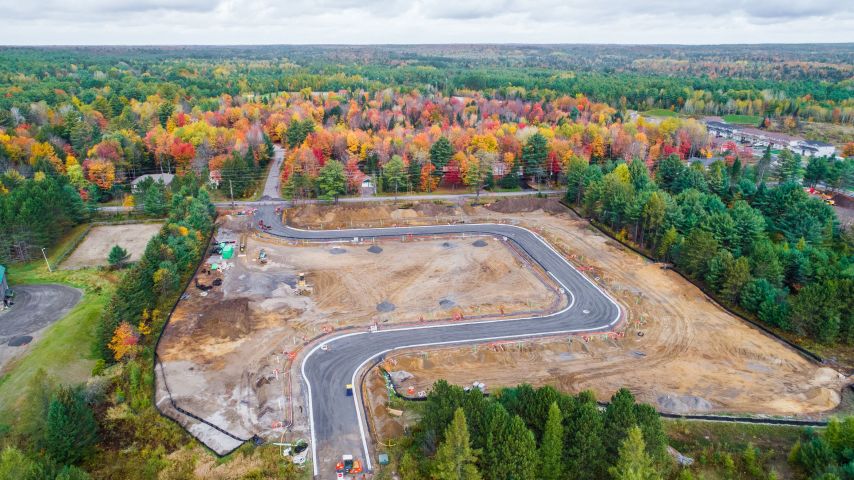
The District of Muskoka says it is committing to reducing road salt use whi...

Bracebridge OPP is investigating a serious incident in Gravenhurst that lef...

Muskoka’s drinking water system has once again received top marks for qua...

The District of Muskoka Council approved a 48% pay increase to itself, in t...

O.P.P. charged a driver with speeding and possession of unmarked cigarettes...

Huntsville’s planning council has given the green light for a 67-unit tow...
Hunters Bay Radio is Muskoka’s not-for-profit Community Radio Station and the only radio station in Muskoka that is truly locally owned. We operate with a contingent of over 50 staff and volunteers. We fill a void in the local media by providing a wide variety of music and community programming, not otherwise available in the region.